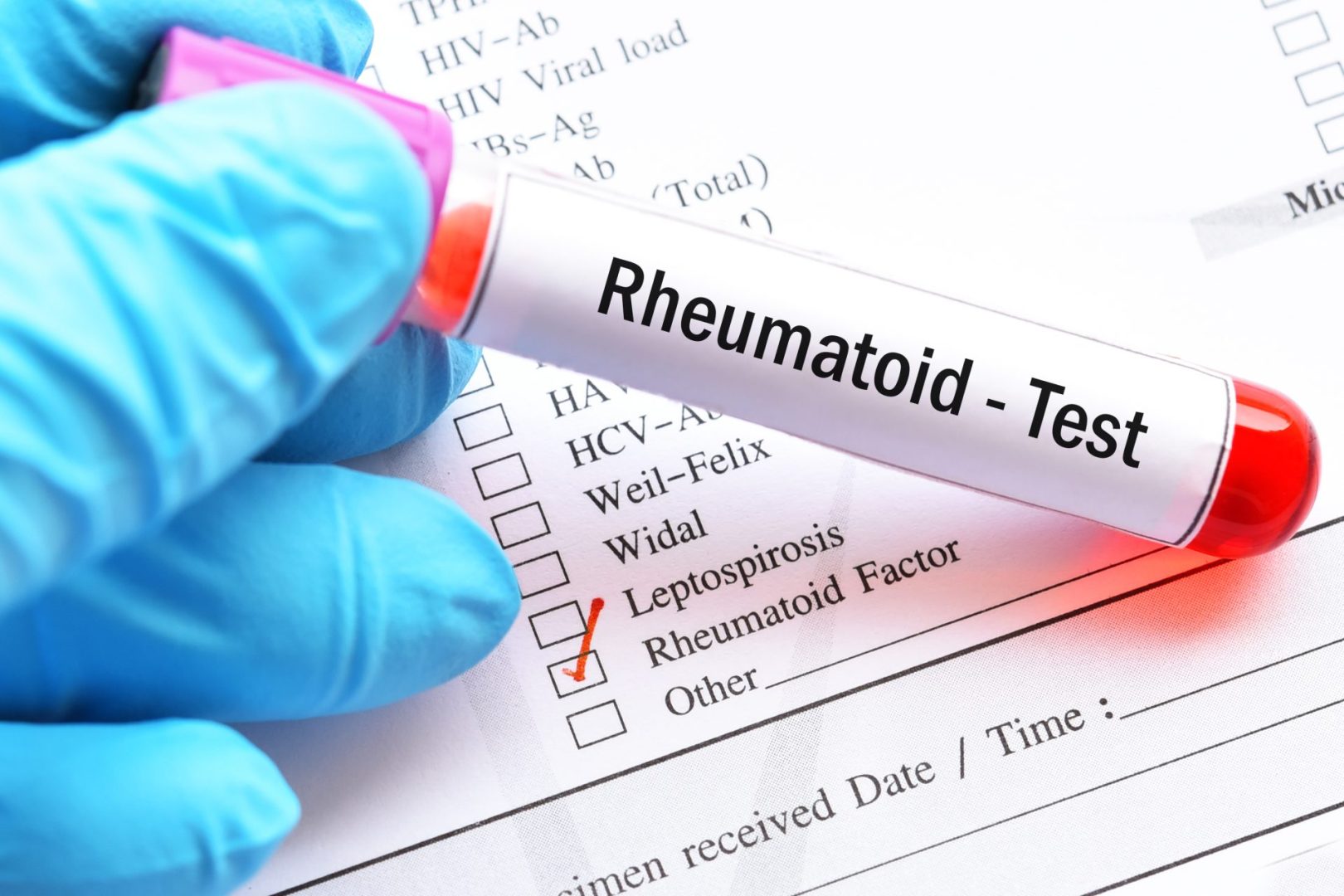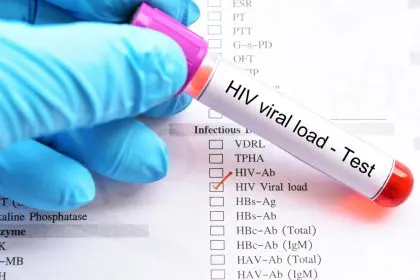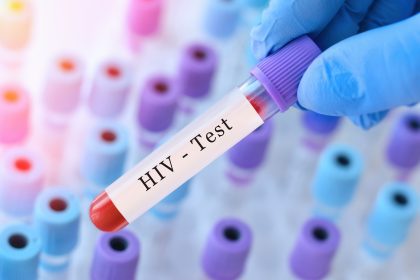When persistent joint pain strikes, the search for answers often leads to a crucial diagnostic tool: the rheumatoid factor test. This relatively quick blood analysis serves as a window into the immune system’s functioning, potentially revealing why your body might be attacking its own tissues. For the estimated 1.5 million Americans living with rheumatoid arthritis and millions more with related autoimmune conditions, this test frequently marks the beginning of their diagnostic journey.
Unlike many medical tests that measure normal bodily substances, the rheumatoid factor test looks for something that ideally shouldn’t be present in significant amounts—antibodies that mistakenly target healthy cells. The presence of these rogue proteins can signal an immune system in rebellion against the body it’s designed to protect.
The rheumatoid factor reveals immune system rebellion
At its core, the rheumatoid factor test detects specific antibodies produced when the immune system goes awry. These proteins, which normally help fight infections, somehow become misdirected in certain individuals. Instead of attacking viruses or bacteria, they begin targeting the body’s healthy tissues, particularly the delicate linings around joints.
This internal miscommunication results in chronic inflammation, pain, and eventual joint damage if left untreated. The test measures the concentration of these problematic antibodies circulating in the bloodstream, offering healthcare providers valuable clues about what’s happening beneath the surface.
Most notably, these antibodies appear in approximately 80% of people with rheumatoid arthritis, making the test particularly valuable for diagnosing this condition. However, their presence isn’t exclusive to RA—they can appear in several other autoimmune and inflammatory conditions as well.
Seven different health conditions may trigger positive results
While rheumatoid arthritis remains the primary reason doctors order this test, elevated rheumatoid factor levels can appear in several other conditions. This makes understanding the full spectrum of possibilities essential for proper diagnosis.
- Rheumatoid arthritis typically causes symmetric joint pain, starting in smaller joints like fingers and wrists before potentially progressing to larger joints.
- Sjögren syndrome, which causes extreme dryness in the eyes and mouth, shows positive rheumatoid factor results in about 75% of cases.
- Juvenile idiopathic arthritis affects children under 16 and can present with rheumatoid factor positivity in certain subtypes.
- Systemic lupus erythematosus, a complex autoimmune disease affecting multiple body systems, sometimes produces elevated RF levels.
- Chronic infections including tuberculosis and hepatitis C can trigger rheumatoid factor production as part of the body’s immune response.
- Certain blood cancers, particularly those affecting the immune system cells that produce antibodies, may cause abnormal RF production.
- Lung cancer occasionally associates with elevated rheumatoid factor levels through mechanisms researchers still don’t fully understand.
This diversity of conditions highlights why test results must be interpreted alongside physical symptoms, medical history, and often additional laboratory tests before reaching a diagnosis.
Mysterious joint symptoms often prompt testing
Healthcare providers typically recommend rheumatoid factor testing when patients present with specific symptoms that suggest an autoimmune joint condition. These warning signs develop gradually over weeks or months rather than appearing suddenly.
Morning stiffness that lasts more than an hour serves as a classic red flag. Unlike the brief stiffness many experience upon waking, this persistent inflexibility suggests inflammatory processes at work. Patients often describe feeling as though their joints need extensive “warming up” before they can move normally.
Symmetric joint involvement—where the same joints on both sides of the body hurt simultaneously—particularly alerts doctors to potential rheumatoid arthritis. When both wrists, several knuckles on each hand, or both knees develop pain and swelling simultaneously, autoimmune processes become more suspect.
Beyond joint symptoms, constitutional symptoms like persistent low-grade fever, unexplained fatigue that doesn’t improve with rest, and unintentional weight loss often accompany autoimmune diseases. These systemic effects occur because inflammatory chemicals released during autoimmune responses circulate throughout the entire body, not just the affected joints.
Small, firm lumps beneath the skin near affected joints (called rheumatoid nodules) provide another reason for testing, as these distinctive bumps appear in about 25% of rheumatoid arthritis cases.
The testing process takes less time than brewing coffee
Despite its diagnostic importance, the rheumatoid factor test requires remarkably little time or preparation. The entire blood collection process usually takes less than five minutes—less time than brewing and drinking your morning coffee.
No fasting or special preparation proves necessary for accurate results. Patients can eat and drink normally before testing, though it’s always wise to confirm this with your healthcare provider, especially if other blood tests might be performed simultaneously.
The procedure follows the standard blood draw protocol. A trained phlebotomist cleans the inside of your elbow with antiseptic, applies an elastic band to make veins more visible, and inserts a small needle connected to a collection tube. Most patients experience only momentary discomfort—a brief pinch that subsides quickly.
After collection, the needle gets removed, pressure is applied to stop any bleeding, and a small bandage covers the puncture site. The blood sample then travels to a laboratory where specialized equipment measures rheumatoid factor levels, usually producing results within 24-72 hours.
Understanding your test numbers unlocks crucial insights
When results arrive, they typically appear as a number followed by international units per milliliter (IU/mL) or as a titer (a measurement of concentration). For most laboratories, values below 15 IU/mL or titers below 1:80 fall within the normal range.
Numbers exceeding these thresholds indicate elevated rheumatoid factor levels, possibly suggesting an autoimmune condition. However, higher numbers don’t necessarily correlate with more severe disease. Some patients with extremely high RF levels experience mild symptoms, while others with borderline results suffer significant joint damage.
Interestingly, about 20% of people with rheumatoid arthritis never develop positive rheumatoid factor results despite having the condition. These “seronegative” cases remind us that no single test provides complete diagnostic certainty.
Age also influences interpretation, as approximately 20% of healthy adults over age 65 show mildly elevated RF levels without any disease. This age-related increase explains why slight elevations in older adults often warrant less concern than the same values in younger individuals.
False positives occur in surprising situations
Beyond diagnosed conditions, several temporary situations can trigger elevated rheumatoid factor without indicating chronic disease. Understanding these scenarios helps prevent unnecessary worry when unexpected positive results occur.
Recent vaccinations sometimes cause transient RF elevations as the immune system responds to the vaccine. This reaction typically resolves within a few weeks and doesn’t indicate any problem with the vaccine or your health.
Various acute infections, from strep throat to mononucleosis, can temporarily boost rheumatoid factor production. This increase generally normalizes once the infection clears without requiring any specific treatment.
Chronic lung conditions like bronchiectasis occasionally associate with RF positivity without development of actual rheumatoid arthritis. Doctors monitor these patients closely but don’t necessarily prescribe arthritis medications based solely on the blood test.
Even healthy individuals occasionally test positive—about 4% of the general population has elevated rheumatoid factor without any disease symptoms. This percentage increases with age, reaching nearly 25% in those over 80.
For clarity in uncertain cases, doctors often recommend retesting after several weeks or ordering additional specialized tests that can provide complementary information.
Negative results don’t always rule out rheumatoid arthritis
Perhaps surprisingly, a negative rheumatoid factor test doesn’t definitively exclude rheumatoid arthritis. As mentioned earlier, approximately one-fifth of RA patients never develop rheumatoid factor positivity despite having the disease.
In recent years, medical science has identified additional markers that can help diagnose these seronegative cases. The anti-CCP antibody test (anti-cyclic citrullinated peptide) detects different autoantibodies that appear in many rheumatoid arthritis cases, including some without rheumatoid factor.
This complementary test offers higher specificity for rheumatoid arthritis, meaning a positive result more strongly suggests RA rather than other conditions. Many rheumatologists now order both tests simultaneously to gain more comprehensive diagnostic information.
Additionally, inflammation markers like C-reactive protein (CRP) and erythrocyte sedimentation rate (ESR) help track overall inflammation levels, though they don’t identify the specific cause. Doctors frequently monitor these values alongside rheumatoid factor to assess disease activity and treatment response.
Imaging studies like ultrasounds, X-rays, and MRIs provide visual evidence of joint changes, helping confirm diagnoses in cases where blood test results seem inconclusive or contradictory.
Early diagnosis transforms treatment outcomes
The true value of rheumatoid factor testing lies in its ability to facilitate early diagnosis and treatment. Research consistently demonstrates that prompt intervention significantly improves long-term outcomes for autoimmune joint diseases.
When treatment begins within the first three months of symptom onset, patients experience dramatically better results. This “window of opportunity” allows medications to work before permanent joint damage occurs. Early intervention frequently leads to remission—periods where disease activity becomes undetectable and further joint damage halts.
Modern treatments for rheumatoid arthritis and related conditions have advanced remarkably in recent decades. Disease-modifying antirheumatic drugs (DMARDs) can slow or stop joint destruction, while newer biologic medications target specific components of the immune response with unprecedented precision.
For many patients, these treatments preserve joint function and maintain quality of life for decades. The key lies in starting appropriate therapy before irreversible damage develops—which makes timely diagnostic testing, including rheumatoid factor analysis, absolutely essential.
If you experience persistent joint pain, especially when it affects the same joints on both sides of your body, lasts longer than six weeks, or comes with morning stiffness lasting more than an hour, discussing rheumatoid factor testing with your healthcare provider could be an important step toward answers and effective treatment.
Remember that this simple blood test serves as just one piece in the diagnostic puzzle. Your symptoms, physical examination findings, medical history, and potentially additional laboratory and imaging studies all contribute to an accurate diagnosis and appropriate treatment plan.















